Twelve months ago, Novak Djokovic arrived in Melbourne to defend his Australian Open title with speculation over how many Majors the 24-time Grand Slam champion will end his career with.
As he arrives there this week for the season-opening Slam, a reasonable query would be whether he will ever win another one.
Time moves fast for professional athletes. For a 37-year-old all-time great trying to keep up with challengers that are closer to his kids’ age than his own, it moves at hyperspeed.
Even so, a first Slam-less season in seven years and the retirement of his grand old rivals do not seem to have diminished the fire just yet. Djokovic is plotting and planning his schedule to peak at the Majors. He recently joined hands with former-rival-turned-friend Andy Murray in an audacious, eyebrow-raising, first-of-its-kind partnership that will last at least until the Australian Open.
Yet, there is undoubtedly a mountain to climb, evidenced by his surprise quarterfinal defeat against big-serving Reilly Opelka in the ATP 250 tournament in Brisbane on Friday.
Opelka joins Alejandro Tabilo, Tomas Machac, Luca Nardi and Alexei Popyrin as some of the recent players to have beaten the Serbian legend. Anyone outside the world of tennis fanatics should be forgiven if they are not familiar with these names.
As losses to lesser players pile up, Djokovic must reconcile to facing the issue all ageing top performers often do: consistency will elude him, and he will fail to produce his best all the time, all season long, the way he has done for most of the last decade and a half.
More concerning. though, are recent defeats to top players. Djokovic was comprehensively dismantled by Jannik Sinner at the Australian Open last year, and Carlos Alcaraz at Wimbledon, in a way that showed that his best is no longer enough to keep up with the very best players in the world.
Re-seeking the edge
Djokovic’s imposing superiority over the rest of the field was not merely due to specific strengths or weaknesses. Instead, it was a product of the small, sometimes infinitesimal, ways in which he held the advantage over his opponents. Similarly, his recent slump is not due to an obvious failing, but a result of losing the edge in subtler areas.
His aggressive baseline style still rules the game, but the defensive tactics do not. Redirection of pace – for so long, the bread and butter of Djokovic’s game – is not reliable enough to prevail in baseline exchanges. Instead, it is the pace of a dead ball – the ability to produce powerful groundstrokes entirely on his own to push opponents deep behind the baseline – where success is being found.
For a player with an endless arsenal like Djokovic, he will need to find a game plan to counter these strategies being used by Sinner and Alcaraz, which are separating them from the rest of the field. According to him, that is where Murray’s input is needed.
“I’m not looking to transform my game completely,” the Serb told Australian Associated Press. “But I definitely am looking to improve, even if it’s the slightest percentage, every single shot that I have in my game, and maybe something that people don’t necessarily see is this court positioning, the transition play, the tactics.”
“Physically, mentally, as well and ready to compete, whatever it takes, however many hours it takes with the youngsters. The week before the Australian Open, (we will) do a lot of video analysis of my main opponents, top guys, trying to understand how my game matches up,” Djokovic said.
Good vibes and cultural similarities are among the surface-level reasons why Djokovic’s partnership with Goran Ivanisevic was so successful. The monster server improved Djokovic’s serve in a way that it became a reliable tool to fall back on when his baseline game was faltering or being overwhelmed. An expert at finding those razor-thin margins to improve, Djokovic is seeking those once again.
If he fails to reach the semifinals in Melbourne, where he is a 10-time former champion, the Serb risks falling out of the top 10 for the first time since 2018. It’s a fact that seemed unfathomable 12 months ago, but is a reality of where his tennis is at the moment.

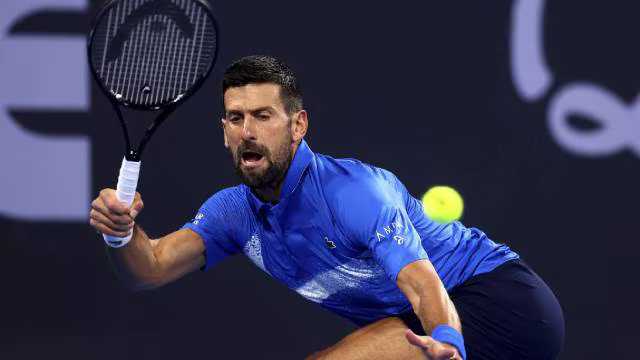
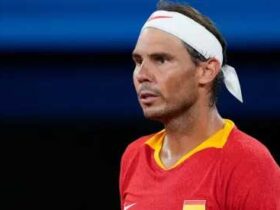
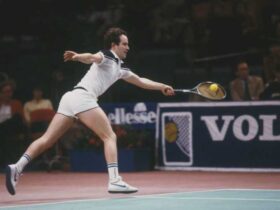
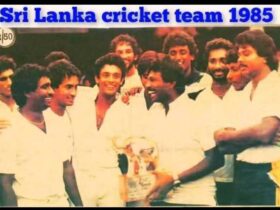

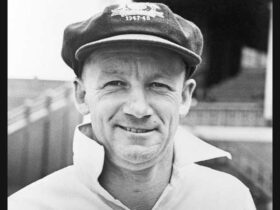
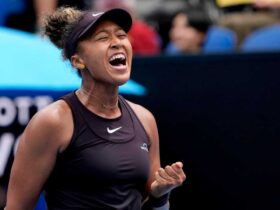
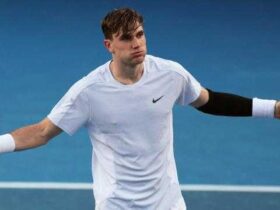
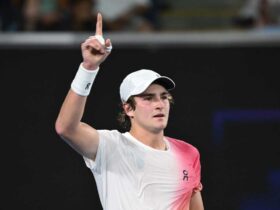

Leave a Reply